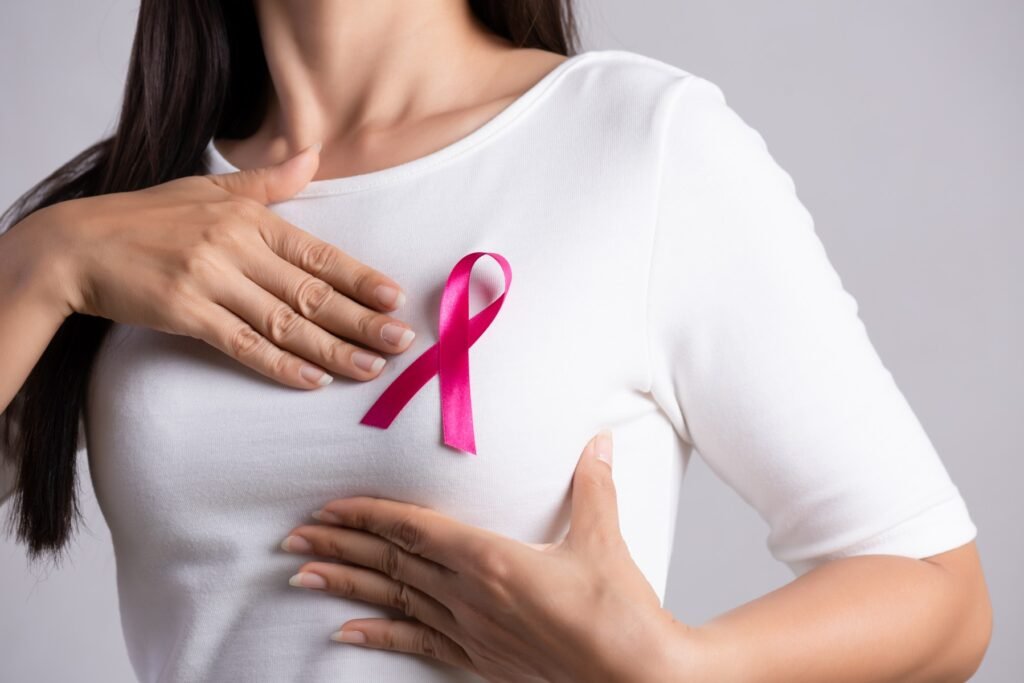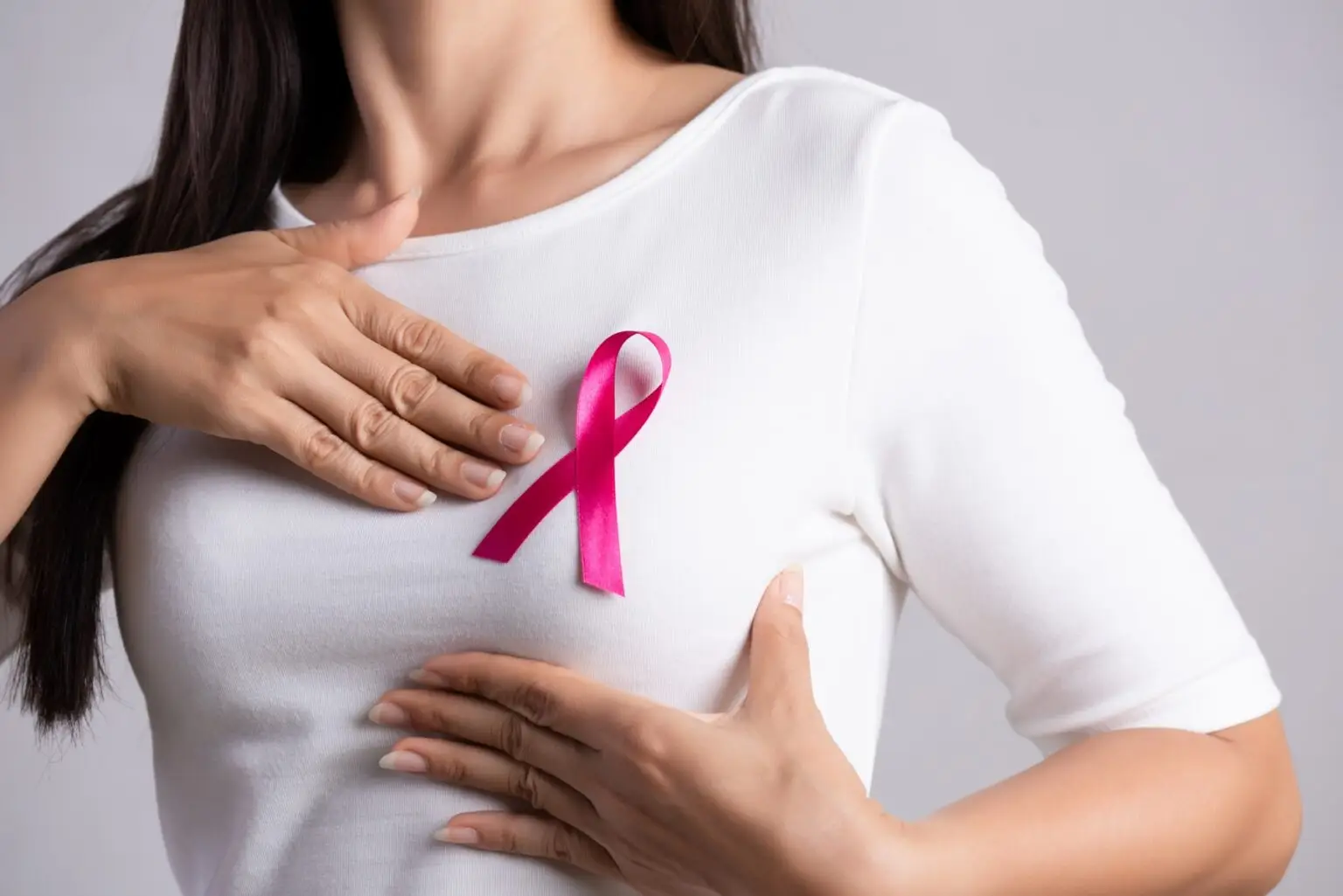Separating Medical Facts from Fiction in Women’s Healthcare
Women’s health is surrounded by numerous misconceptions that can lead to unnecessary anxiety, poor health decisions, and delayed medical care. These myths, often passed down through generations or spread through social media, can be particularly harmful when they prevent women from seeking appropriate medical attention or making informed health choices. Let’s examine some of the most persistent myths and reveal what medical science actually tells us.
Heart Disease: Not Just a Man’s Problem
One of the most dangerous misconceptions is that heart disease primarily affects men and that women don’t need to worry about it until their sixties. This myth has proven deadly. Heart disease actually kills more women than men each year, with one in three women in the United States dying from cardiovascular disease. Women can develop heart disease in their forties and fifties, making early prevention and awareness crucial.
The symptoms of heart attacks in women often differ from the classic chest pain scenario depicted in movies. Women may experience fatigue, nausea, shortness of breath, or pain in the jaw, neck, or back. This difference in symptom presentation has historically led to misdiagnosis and delayed treatment.

Breast Cancer and Everyday Products
Perhaps no area of women’s health generates more myths than breast cancer. Two particularly persistent myths involve everyday products that millions of women use regularly: bras and antiperspirants.
The Bra Myth: There is no evidence linking underwire bras with an increased risk of breast cancer, despite theories that they block lymphatic drainage. This myth likely persists because it offers a seemingly logical explanation for breast cancer development, but medical research has consistently found no connection between bra-wearing habits and cancer risk.
The Antiperspirant Myth: Researchers at the National Cancer Institute are not aware of any conclusive evidence linking the use of antiperspirants or deodorant and the development of breast cancer. If antiperspirants caused breast cancer, we would expect to see much higher rates in men, who also use these products regularly.
Women’s Unique Biological Responses
Another harmful myth suggests that women and men respond to diseases and treatments in essentially the same way. In reality, women process pain differently from men and have distinct immune responses. They clear pathogens more quickly and see more effective vaccine responses than men, but they have increased susceptibility to autoimmune diseases, with women accounting for 80 percent of autoimmune disease cases.
This biological difference extends to many areas of health, including how women metabolize medications, respond to stress, and experience symptoms of various conditions. Understanding these differences is crucial for proper medical care.

The Alzheimer’s Gender Gap
There’s a persistent belief that Alzheimer’s disease affects men and women equally, with women only appearing to have higher rates because they live longer. However, among the 6 million people in the United States who have Alzheimer’s, more than two-thirds are women, and this isn’t simply because they live longer—there are biological differences between males and females, including different sex chromosomes and hormonal factors.
The Importance of Regular Gynecological Care
Many women believe they only need to see a gynecologist when they have symptoms or problems. This is incorrect—even if you don’t notice any symptoms, regular gynecological visits are important for breast and pelvic exams, even if you don’t need a Pap smear every year. Preventive care can catch issues early when they’re most treatable.
Sugar and Cancer: A Complex Relationship
The idea that sugar directly feeds cancer cells and that eliminating sugar can shrink tumors is oversimplified. While there are no studies showing that cutting out sugar shrinks cancer, a diet high in sugar (particularly processed and refined sugar) can contribute to overall health problems. The relationship between diet and cancer is complex, involving overall nutritional patterns rather than single ingredients.
The Real Risk Factors
While debunking these myths is important, it’s equally crucial to understand what actually does affect women’s health. Real breast cancer risk factors include genetics, age, family history, and certain lifestyle factors—not bras or antiperspirants. For heart disease, risk factors include high blood pressure, high cholesterol, diabetes, smoking, and a sedentary lifestyle.
Moving Forward with Facts
These myths persist partly because they offer simple explanations for complex diseases and give people a sense of control over their health. However, believing in false information can be dangerous when it prevents women from seeking appropriate medical care or causes unnecessary anxiety about harmless activities.
The key to good health lies in understanding real risk factors, maintaining regular medical checkups, and making informed decisions based on scientific evidence rather than fear-based myths. When in doubt, always consult with healthcare professionals who can provide personalized advice based on your individual health profile and the latest medical research.
By replacing myth with medical fact, women can make better health decisions and focus their energy on the prevention and treatment strategies that actually work. Knowledge truly is power when it comes to health, and separating fact from fiction is the first step toward better well-being.
This article is for informational purposes only and should not replace professional medical advice. Always consult with your healthcare provider for personalized medical guidance.


